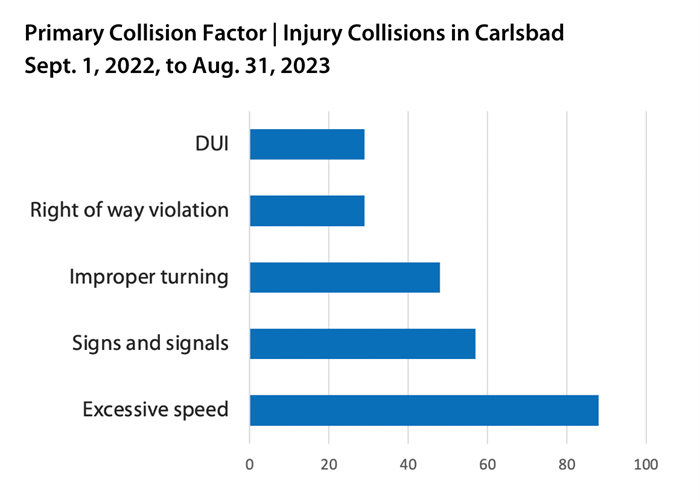What to expect during construction
Work schedule and hours
October 2024 - January 2025*
Weekdays residential streets 7:30 a.m. to 4:30 p.m.
Other streets 8:30 a.m. to 4 p.m. (may include night and/or weekend work)
Why do crews leave and come back to the same areas multiple times?
- Resurfacing and restriping requires several steps over the next four months with crews returning to the same area multiple times. Please watch for temporary “No Parking” signs.
72-hour notice of resurfacing
-
Once the street is ready to be resurfaced, you will receive a door hanger notice 72 hours in advance that the street will be closed for one day in the upcoming week.
-
Traffic control will be in place for a temporary street closure. Please watch for construction signs, use caution and give yourself extra time to get where you need to go.
- Street parking will be restricted in some locations. Please park your car outside the affected area unless you plan to leave before 7 a.m. the morning work starts. Otherwise, cars may be towed at the owner’s expense.
- Avoid driving, walking and biking on the newly resurfaced street until signs are removed. Please keep kids and pets off the new roadway, too. Slurry seal is sticky before it has dried.
- Please keep the work area and new road dry until construction signs are removed. Monitor sprinklers, hoses and other water sources around your property.
- Work will be coordinated with trash pick up.
- Mail could be delayed on the day of resurfacing if your postal carrier cannot reach your mailbox.
How can I find out where construction is taking place?
Lane widths on non-residential streets
Reducing lane widths on city roads through restriping is one way the city is making changes to local streets to reduce speeding, which is by far the number one cause of injury collisions in Carlsbad.
Why are the lanes changing?
- Speeding is listed as the number one cause of injury collisions in Carlsbad, cited as the “primary collision factor” in 25% of these crashes. I should note that distracted driving is often associated with this collision factor as well.
- Narrowing lanes forces drivers to pay more attention and slow down.
- There are national industry standards for lane widths, and all our streets still fall within those standards.
- Our traffic engineers base the width on several factors, including traffic volume, speed, the type of street and its location.

Can’t you just lower the speed limit to slow down traffic?
- Believe it or not, no. The law says we can only set speed limits within a certain percentage of the speed people actually drive on the road. Otherwise, it's considered a speed trap.
- That’s why we need to first make changes to the street. This causes drivers to slow down. We then do a speed survey to document that driver behavior has changed, and the average speed has gone down.
- Only then can we establish a lower speed limit that is enforceable.
Why is so much room being given to bikes when most people drive?
- We are working with streets that have already been built. When they were first designed, wider lanes were the norm.
- When we narrow travel lanes for cars, we make use of the extra space to create bike lanes and safety buffers between bike lanes and car lanes.
- When people feel safer, they are more likely to bike, and biking helps people stay healthy and reduces car trips, which are Carlsbad’s number one source of greenhouse gas emissions.
